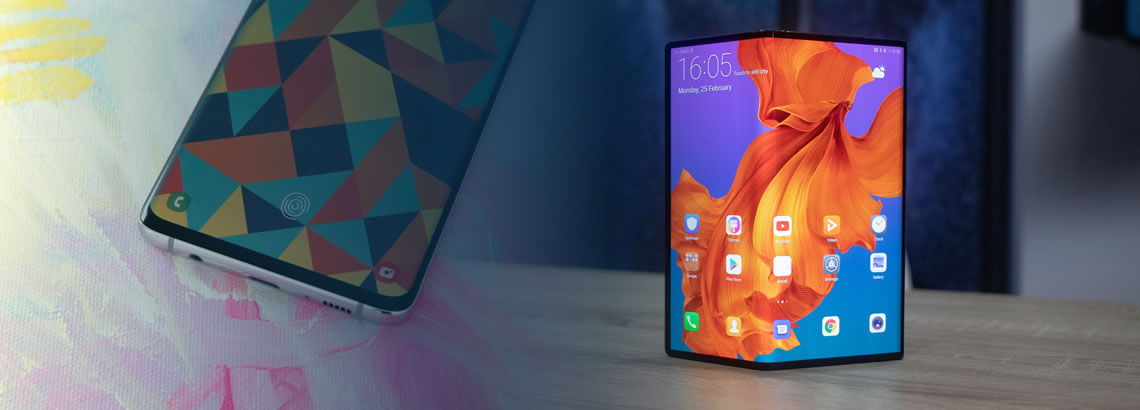Over the years, and especially so in the last 2 years, mobile phone designs have changed with technological innovations and upgradation. Today we see the era of foldable phones and displays has arrived. The devices come with screens that can actually be bent or folded. When unfolded these screens expand in size for the user and can be folded back again into a small form during or after use.
According to study by Gartner, by 2023 foldable phones will represent 5% of the market for high-end smartphones. However, there is apprehension regarding its success, in future, owning to the high costs involved in building them, when they actually hit the consumer markets worldwide. At present they have attracted big attention, but could eventually just fade away over time. However, the increase in demand for foldable smartphones will have an impact in app development and UI/UX.
App developers will certainly now have to work on apps that can adjust to both small and large screens, or multiple screen configurations. To solve the problem a flexible UX may not be enough and developers have to create a better immersive experience for those using apps, for browsing or streaming video. Here are sine points to consider during development.
Tailoring the UX. Foldable phones provide extra screen space that help in multi-tasking with apps at the same time on one device.
Continuity of task. A foldable screen needs the displayed content to transition from one screen to the next indeed quickly, seamlessly and uninterrupted. The app has to be able to reappear in the same screen position and location when unfolded.
Compatibility of screen form. Apps should be tested on all possible screen sizes to check compatibility of its form factor and aspect ratio.
Make your app resizable. The app being developed should work on and resize to fit various screen ratios with multi frame mode.
New screen ratio. Apps should be tested on all possible screen sizes to check its form factor and aspect ratio.
Multi-window tasking. Multiple apps can be run on the phone usually and 3 apps can be visible on an unfolded screen
Multi resume. Developers should focus on apps that can multi resume for foldable devices hereafter. All apps stay in a state of resume when the device is in the mode of multi windows. when the app is not in focus it will get paused.
Multi display support. Foldable devices in future feature more than one screen simultaneously. The configuration is the same way as seen for projected screens (as in Chrome OS).
Keyboards, launchers and wallpapers can be used as multi-display support. Secondary screens can handle wall papers as a dedicated activity.
If you don’t have a app developer to develop the UI/UX, outsource the mobile app development to an experienced and reliable partner with the appropriate skillsets in their app development team, to increase the level of your app idea or project. Our team at mobileappoutsourcing is in the business of developing apps for a specific purpose or business for years. Please visit and fill up the enquiry form put up in our website. Our team from ANGLER will contact you in a short time.




